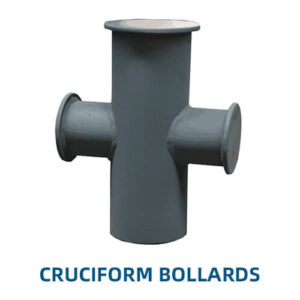Key Features of Shipboard Instrumentation Cable:
- Construction and Materials:
- High-Quality Conductors: Made with stranded copper conductors that provide excellent conductivity and flexibility, ensuring stable signal transmission and ease of installation.
- Durable Insulation: Features insulation made from materials like cross-linked polyethylene (XLPE) or ethylene propylene rubber (EPR), which offer high resistance to heat, moisture, and chemicals, ensuring long-lasting performance in marine conditions.
- Protective Sheathing: Encased in a robust outer sheath made from materials such as polyvinyl chloride (PVC) or low-smoke halogen-free (LSHF) compounds, providing protection against abrasion, UV exposure, and saltwater corrosion.
- Signal Integrity:
- Low-Noise Performance: Engineered to minimize signal interference and crosstalk, ensuring clear and accurate signal transmission, which is essential for the precise functioning of shipboard instrumentation systems.
- Shielded Options: Available in shielded configurations with aluminum foil or copper braiding to protect against electromagnetic interference (EMI) and radio frequency interference (RFI), maintaining signal integrity in electrically noisy environments.
- Safety and Compliance:
- Flame Retardant: Designed to be flame-retardant, reducing the risk of fire spread in the event of an onboard fire and enhancing overall vessel safety.
- Low Smoke and Halogen-Free: Many shipboard instrumentation cables are low smoke and halogen-free (LSHF), emitting minimal smoke and toxic gases during a fire, improving safety for the crew and reducing the impact on sensitive equipment.
- Marine Certifications: Complies with international marine standards and certifications, such as ABS, DNV-GL, and IEC, ensuring suitability for use on ships and offshore platforms.
- Durability and Longevity:
- Resistant to Harsh Marine Conditions: Built to withstand the unique challenges of the marine environment, including exposure to saltwater, oil, chemicals, and mechanical stress, ensuring a long operational life.
- Enhanced Mechanical Protection: Some cables are available with metallic armor or additional sheathing layers for extra protection against physical damage in high-stress areas.
- Flexibility and Installation:
- Flexible Design: Offers flexibility for easy routing through confined spaces and around tight bends, making it suitable for complex installations on vessels.
- Easy Handling: Designed for ease of stripping and terminating, facilitating quicker installation and maintenance processes, which is essential in dynamic shipboard environments.
- Versatility and Applications:
- Wide Range of Applications: Ideal for various instrumentation and control applications on ships, including monitoring systems, signal transmission, and data communication between different onboard systems.
- Multiple Core Configurations: Available in different core configurations, from single-pair to multi-pair designs, providing tailored solutions for specific instrumentation needs on board.
Shipboard Instrumentation Cables are critical components for maintaining the accuracy and reliability of onboard instrumentation and control systems. Designed to meet the demanding conditions of marine environments, these cables offer excellent signal integrity, durability, and safety features, ensuring optimal performance of shipboard systems. Their compliance with marine standards and versatile application range make them indispensable for a wide variety of marine instrumentation needs, contributing to the overall safety and efficiency of maritime operations.






